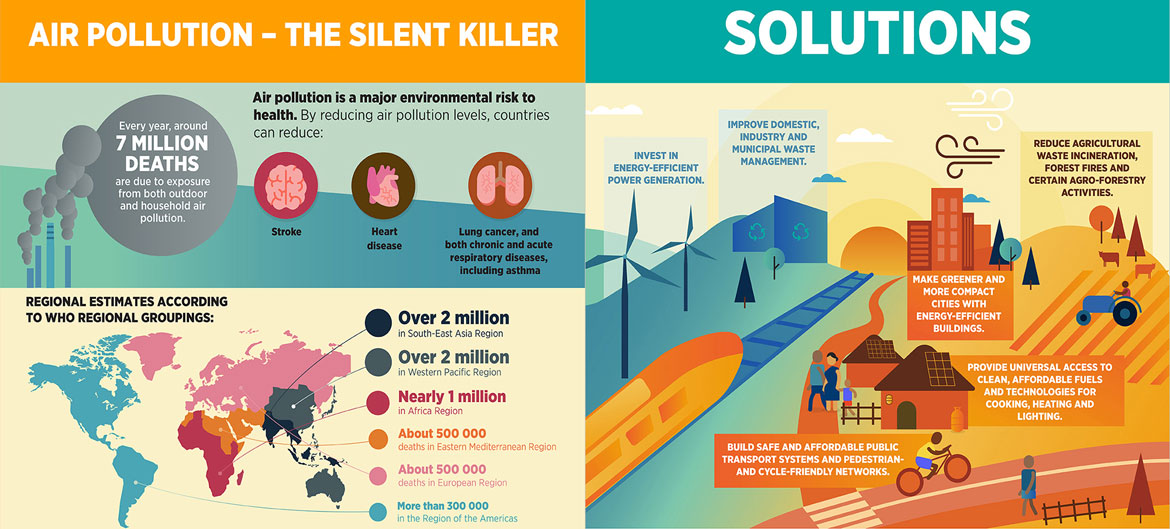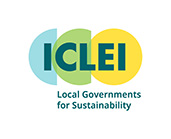Integrated Air Quality and Climate Action with Health Impacts
A city’s most important asset is the health of its citizens. Yet seven million premature deaths annually are attributed to air pollution, most in developing countries with rapid growth.
Air pollution can be significantly reduced by expanding access to clean household fuels and technologies, as well as prioritizing: rapid urban transit, walking and cycling networks; energy-efficient buildings and urban design; improved waste management; and electricity production from renewable power sources. This Package focuses on the processes which Local Governments (LGs) can undertake in the relevant sectors of their economies to promote air quality as well as climate action in their communities and engender health impacts.
A specific Solution is dedicated to the overall Integrated Solid Waste Management process, giving an overarching perspective in its different dimensions, including technical, political, institutional, social, economic, and financial. Other solutions zooms-in on sustainable transportation approaches such as Integrated Land Use and Transport planning, Sustainable Urban Freight and Logistics and Transit Oriented Development. For the energy sector, a solution on integrating district energy into energy and urban planning is presented.



